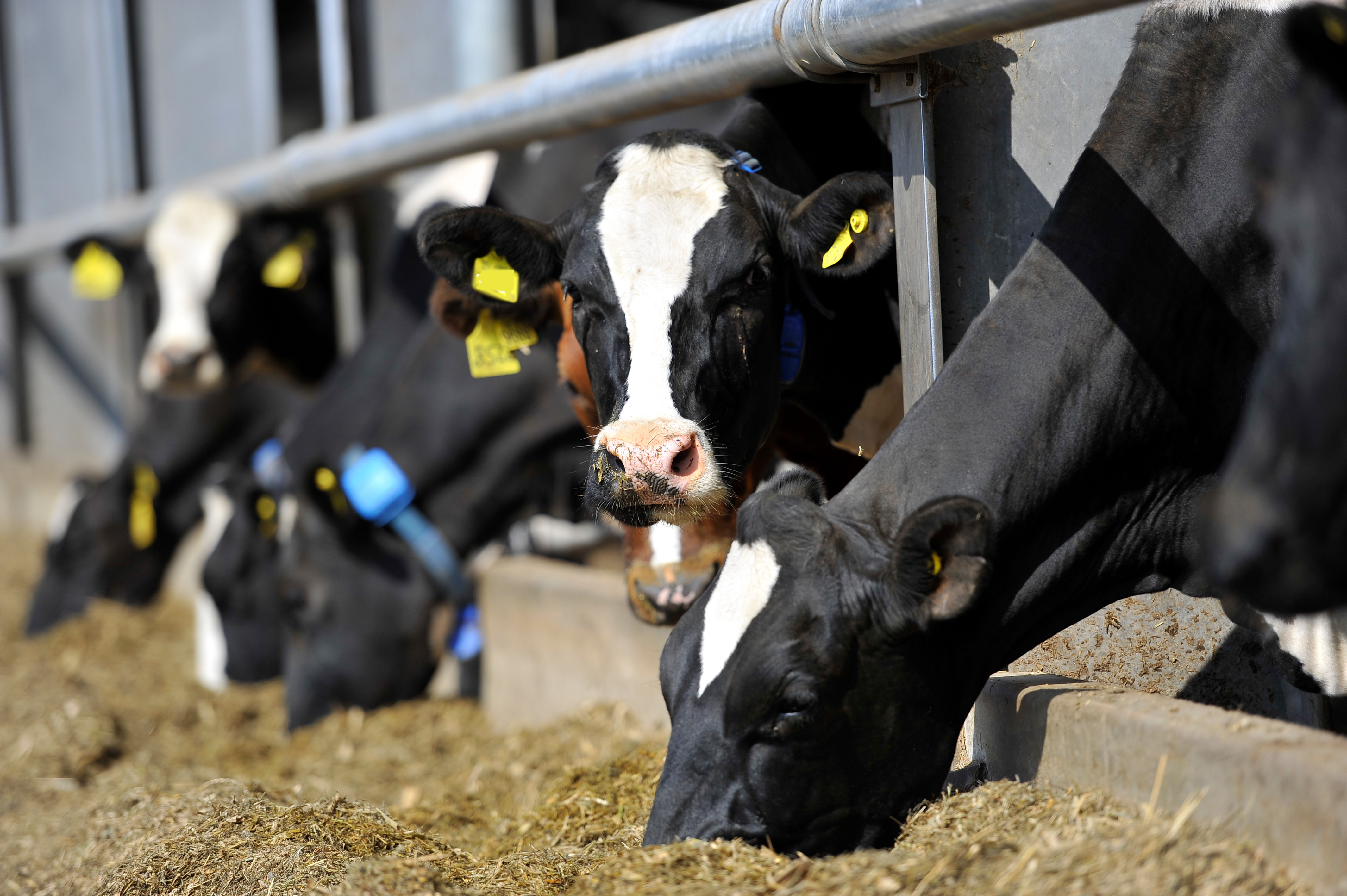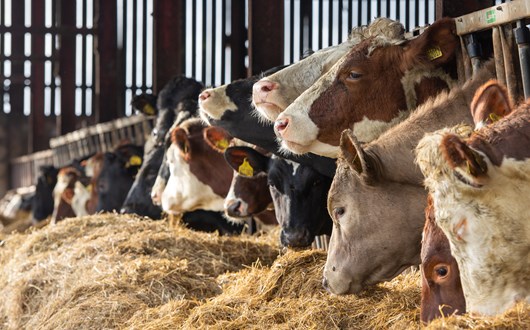- Home
- Knowledge library
- Improving the health and performance of GB dairy cows through better copper nutrition
Improving the health and performance of GB dairy cows through better copper nutrition
Summary
Summary
Copper (Cu) is an essential trace element that is required for the function of over 300 different proteins that influence dairy cow fertility, health and performance. Most research to date has focused on situations where there is a dietary deficiency of Cu, or more commonly where Cu availability is reduced by the action of antagonists such as sulfur and molybdenum. However, the majority of dairy farms in the UK are feeding between two and three times the recommended dietary concentration of 11 mg/kg DM, and around 38% of cattle at slaughter have liver Cu concentrations that are either very high or toxic. Over-feeding Cu can result in toxicity and death, but in the absence of mortality there may be negative effects on health and performance. There have, however, been no long-term studies investigating the effect of over-feeding of Cu during the rearing period and into lactation on the health, performance and Cu status of dairy cattle.
There is a belief amongst some that it is better to over-feed Cu “just in case”. It has been suggested that high dietary starch concentrations and/or a low rumen pH may increase Cu availability in dairy cattle, but currently this is not included in ration formulation.
Key findings
- Feeding level of Cu should not exceed the required amount.
- Avoiding over-feeding Cu will directly benefit dairy cow health, performance and welfare. This will be reflected in a higher milk yield (particularly in early lactation) and improved fertility, which will increase farm profitability.
- Overall, the benefits from avoiding over-feeding Cu could be between £28.25 and £64/cow. For a 150 cow dairy herd the potential benefit could be between £4000 and £9500 per year.
About this project
Aims and objectives
- Determine the long-term effects of over-feeding Cu during rearing and lactation on the performance, health and fertility in dairy cattle (Studies 1 and 2).
- Determine the effect of dietary starch concentration on rumen pH and the availability of Cu, animal performance and health (Study 3), with a view to improving the accuracy of diet formulation
The project consisted of 3 controlled studies:
Study 1: looked at the effects of level of Cu supplementation from 4 to 22 months of age on the performance, health and indicators of Cu status in dairy heifers. Eighty Holstein-Friesian dairy heifers that were 4.1 months of age were paired and allocated to one of two treatments: Control (C): Basal ration containing 15 mg Cu/kg DM or High (H): Basal ration containing 15 mg Cu/kg DM + CuO bolus releasing 15 mg Cu/kg DM. A copper oxide rumen bolus was provided to heifers in H to result in a total dietary Cu concentration that was similar to the mean value reported on UK dairy farms. Both animals within a pair had the same husbandry and environmental conditions when housed and grazing. Blood samples were collected bi-monthly, and liver biopsy samples taken at months 7 and 13 of age, and at 6-weeks before calving. Heifers were weighed and condition scored fortnightly, and fertility was monitored from first oestrus to conception.
Study 2: looked at the performance and health over the first 14 weeks of lactation in heifers that had received C or H in Study 1. Once the heifers had calved they received the same basic ration containing approximately 15 mg Cu/kg DM, with animals on H given additional Cu via copper oxide boluses. Milk yield was recorded at each milking, with samples taken fortnightly for analysis. Individual intake was recorded daily. Blood samples were collected over the 14 week feeding period and a liver biopsy collected at the end of the study.
Study 3: looked at the effect of dietary starch concentration and the inclusion of antagonists to reduce Cu availability using 60 early lactation dairy cows. The animals were fed a total mixed ration that was altered so it contained either a low (150 g/kg DM) or high (230 g/kg DM) starch concentration. Cows also received either no additional or added sulfur and molybdenum. The milk yield of each cow was recorded at each milking, with samples taken on a fortnightly basis for analysis.. Blood samples were collected at regular intervals during the study. Liver samples were collected at the start and end of the study.
Key results
- Over-feeding during rearing and lactation causes liver damage, and reduces early lactation milk yield and conception rates.
- Cu feeding levels should be based on an analysis of the forages fed, one person should be responsible for mineral nutrition, and they should include the contribution from all sources (e.g. free access licks or blocks, forages and other sources).
- In situations where antagonists to Cu have been shown to be high, increased Cu feeding rates are required, but this must be based on a calculated amount.
- High starch diets that reduce rumen pH require less Cu than current recommendations, as Cu is more available. However, predicting the effect of diet on rumen pH is difficult.
- It is not possible to visually detect animals that are being over-fed Cu as they will look and grow well. Plasma Cu concentrations are a very poor indicator. Liver Cu concentration, determined by biopsy or on culled animals, is the most useful means to assess Cu status.



